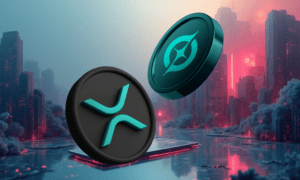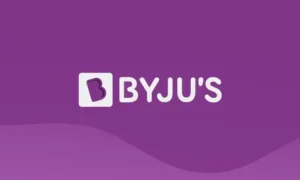Building software for field operations is a very different challenge than building for an office environment. Technology must adapt to the worker’s environment, not the other way around. In the field, users often have little time or free hands to manage mobile apps, which makes seamless design essential. “Developing software for field operations is about designing for unpredictable conditions, spotty connectivity, and users who need tools that fit seamlessly into their work without slowing them down,” says Adam Root, whose work has shaped some of the most notable platforms in field operations.
As Vice President of Product at FieldPulse, he focused the product roadmap on three core occupations—HVAC, electricians, and plumbers—so the company’s development priorities, features, and resources were deliberately aligned to meet the needs of those trades. By concentrating there, he scaled monthly recurring revenue by 1,300 percent. “We grew because we deliberately narrowed the focus,” Root says. “Instead of trying to be everything to everyone, we solved the core needs of those trades.” FieldPulse recently closed a $50 million funding round, validating that strategy. Currently, Root serves as fractional Chief Product Officer for Array, a platform supporting commercial real estate and large retailers such as Walmart. Across these roles, he helps brands understand the environment where work actually happens, empowering end users along the way.
The Unique Challenges of SaaS Field Operations
Connectivity remains the toughest challenge. Even as technology advances, field environments rarely offer reliable internet. At Array, Root has led efforts to integrate AI into such settings by caching prompts for offline use and experimenting with multimodal devices like Meta glasses. These allow workers to capture, annotate, and classify what they see or say instead of having to stop and type, turning complex tasks into smoother, safer workflows. “Anything outside of the office is really hard to build for because you can’t rely on connectivity,” he says. “At FieldPulse, we had to build a caching mechanism that stored information locally and then uploaded it once connectivity returned.”
Employee safety also presents a major hurdle, one that Root has tackled with innovative approaches. At a $5 billion private equity backed parent company of more than 5,000 home services franchises, his team explored how drones could improve both safety and efficiency, cutting inspection times while reducing incidents across thousands of locations. This range of experiences has given Root deep expertise in developing strategies that product teams can apply when building effective vertical SaaS.
Strategies for Building Effective Vertical SaaS
When asked what product teams should prioritize, Root offers three concrete strategies.
AI and the Next Phase of Vertical SaaS
Artificial intelligence is reshaping SaaS across industries, with real potential to enable smoother workflows for both office and field environments. Yet enterprise adoption brings obstacles. Many companies cannot use open AI tools due to security policies, so they rely on contained systems such as Microsoft Copilot. Product leaders must tailor strategies to their target markets: enterprises demand compliance with standards like SOC 2 and ISO 27001, while mid‑market users need robust but still accessible tools. “SaaS is being eaten by AI,” Root says, pointing to the rise of low‑code and no‑code platforms that let intrapreneurs build internal apps quickly. To remain competitive, vertical SaaS platforms must address core pain points rather than simply bolting on AI features. “If you’re a good product leader, you’re not automating for the sake of it. You’re reducing friction, making the work easier, and letting users focus on what they do best.”
Aligning with End Users Before Building Solutions
The foundation of successful field operations software lies in empathy, and lots of research. While tempting to chase shiny technologies, without understanding their users’ realities, solutions fall short. Field research is not about compiling a wish list of features; it is about uncovering real pain points in the workflow and designing solutions that genuinely remove barriers and improve how the work gets done. “When something that used to take five minutes now takes one, users love your product,” Root says. “That’s when SaaS works. Not when workers are forced to relearn everything because a product team thought they knew better.”
To follow Adam Root’s work, connect with him on LinkedIn.



































